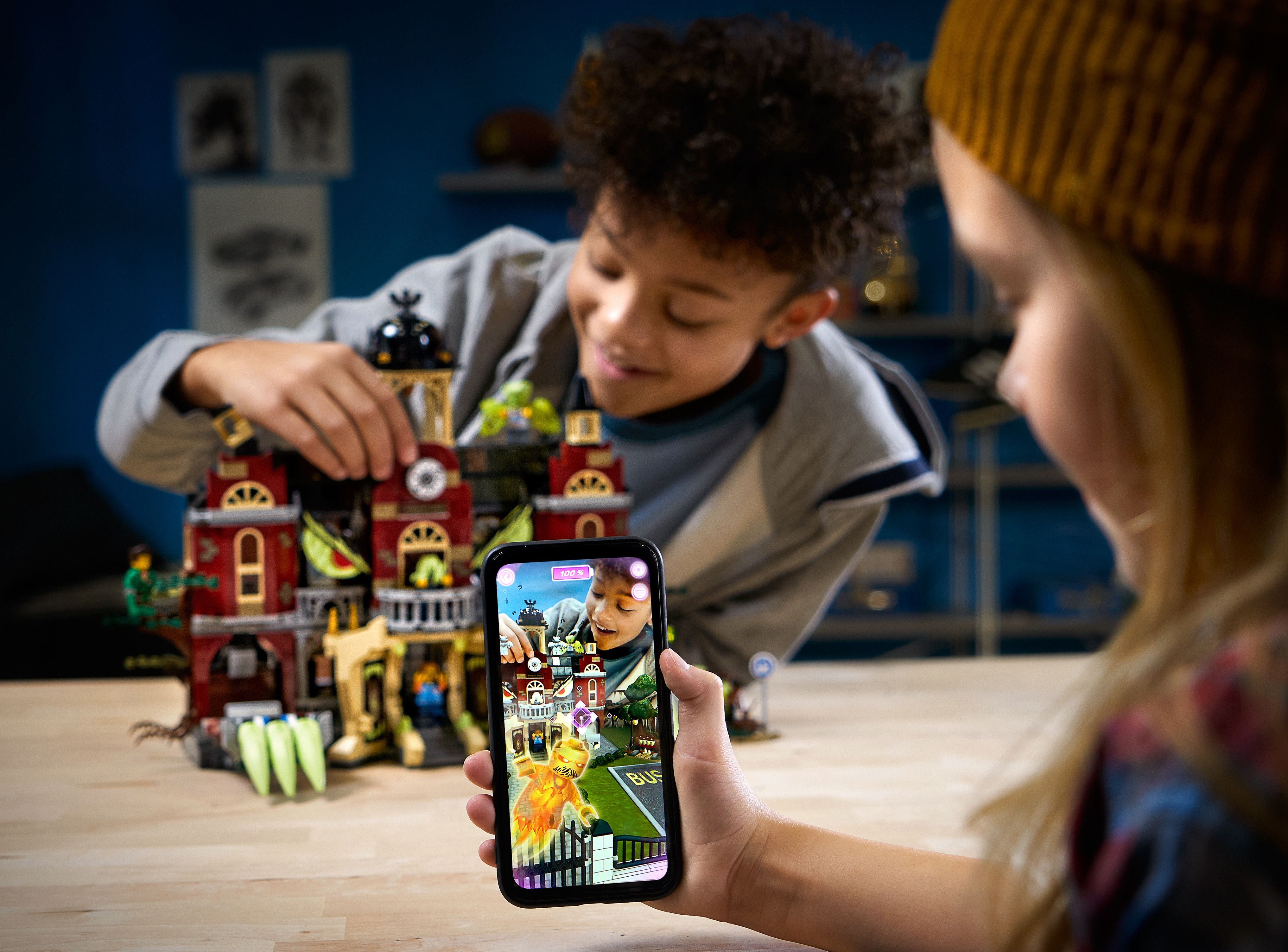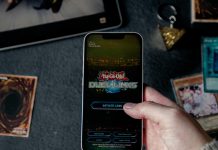Mobile phones are widespread among students at all levels of education. While some schools prefer to avoid cell phones by imposing bans and restrictions, others see them as powerful tools that can help students. After reading this article, you’ll learn nine interesting ways in which mobile devices can be useful in academics.
1. University apps and the mobile web
Universities around the world have come to appreciate the usefulness of mobile devices, particularly iPhones and Android, optimized mobile sites, and special apps. They allow students and other site visitors to learn about university news, view relevant maps and a host of useful resources right on their device screens.
Colleges, which have taken a big step in using interactive whiteboards in their classrooms, are going a step further by combining the whiteboard with mobile ones functionally.
Such apps, successfully used at Brandeis University, have been used. They make it much easier and faster to get help on educational issues. For example, it is possible to instantly get information from the library about the availability of necessary books. Princeton University has provided students with access to a media player so they can view video lectures and other instructional materials. Students can now even access the Graduate School’s course catalog.
2. Distance learning
Today, mobile devices have become the key to education anywhere. The beauty of distance learning is that students can study outside the classroom without worrying about missing something important.
With mobile devices, education extends beyond the physical confines of the classroom. Most of the techniques of traditional pedagogy can be implemented remotely. And mobile devices can be a great tool to help with learning. But when it comes to completing assignments and writing papers, do you really want to do it on a small screen? Instead of spending hours trying to do your paper on a mobile device, why not let the professional writers do it for you? For instance, domypaper.me service offers expert academic writing assistance for all your papers.
3. Complementing real-world learning programs
Cell phones allow you to get information anywhere, but according to the real curriculum. Therefore, students can study anywhere and at a convenient time. It is especially gratifying that students can study outdoors, such as on a playground or school field.
For elementary school students, such learning can be turned into a game. For example, the Buffalo Hunt game-based learning program has already been developed. In it, students care for a buffalo of a fictional Indian tribe while learning the history of that tribe by “experiencing” it. As players reach their goal, they see some informative text, video, audio, and other learning materials that help them replenish their knowledge of history. It’s interesting, it’s fun, and therefore promotes better learning.
4. Educational mobile apps
While mobile apps today still have a long way to go before becoming commonplace in every classroom, the pace of their adoption cannot be overlooked. For example, apps that help students learn about constellations offer great ways to interact in the classroom. And while most apps are still capable of grouping students together in small groups, technology is currently being developed that allows teachers to manage the classroom from a mobile device while using the app. Thanks to such developments, teachers are increasingly using electronic resources as a teaching tool to deepen knowledge.
5. Twitter and classroom feedback
In large classrooms, when dozens or hundreds of students gather, it becomes difficult to engage each of them in the educational process. But using Twitter is the easiest way to overcome this problem. Lecture halls filled with many students come alive. Students actively write comments, ask questions, and interact with the lecturer and each other using their laptops and cell phones. Teachers can answer any questions that arise in real-time online.
Students like being able to overcome their own shyness barriers. Such an opportunity gives them an added advantage to prove themselves. The research shows that being active in the classroom is strongly correlated with academic performance. Students gain additional motivation, confidence, and a willingness to share their points of view.
6. Mobile library
For many years, the only way to access academic libraries was to physically go and then check out the racks. Thanks to the Internet, this has changed, and now any student or researcher has no trouble logging in from any computer and enjoying the variety of resources available. Everything that the huge library collections had to offer is now available electronically.
The library has also developed databases that make it possible to quickly find paper copies of books. Students no longer have to look at multiple shelves and hundreds of cards. The entire library database is literally in the palm of their hand and can be accessed via an electronic device from anywhere in the world.
Of course, most students still have to do the hard work of searching for materials which traditional libraries still do to this day. But research shows that there is a positive trend toward using databases and resources to expedite information retrieval.
7. Mobile payments from the phone
Every student is familiar with the peak time in the afternoon when the entire university goes to lunch at once. The queue to pay, the crush, the inconvenience, everyone is in a hurry somewhere. With mobile devices, it’s possible to simplify this process by using your phone to buy food and drinks through secure payment transactions.
Mobile payments can significantly reduce lines. Such payments look even more attractive when you consider that it will be easy for students to keep track of their spending by tracking their payment history. And with the option to order essay cheap through mobile payments, students can save even more money while streamlining their academic experience.
The University of Denver was the first to use such a system in the student-run Bean Café. In addition to payments, the system allows a messaging mechanism for student-focused marketing campaigns.
8. Mobile marketing
To be a successful marketer, you must impact your target market. It’s easy to identify such a student target market by cell phones.
The University of Louisville, along with other colleges, has taken advantage of cell phone opportunities using QR codes, SMS marketing, and the aforementioned mobile apps to reach potential students. For the University of Louisville, mobile marketing proved especially valuable because its prospective students did not check email regularly, but did pay attention to their phones. The University administration is now able to share information with students and also has feedback.
9. Mobile surveys
Response systems that would allow instructors to receive responses from students in electronic surveys typically cost about $1,200 per class. But by using students’ available cell phones, the cost of the question can be reduced to as little as $50 per year.
With programs such as Poll Everywhere and Mobile Messenger, or even just SMS, teachers can conduct flash quizzes in the classroom. Mobile devices can also be used for testing, doing and checking homework, and more. But what about those times when the technology fails, or if a student simply doesn’t have access to it? That’s where online services like https://domyessay.me/do-my-assignment/ come in.These services offer an alternative option for completing assignments and studying for tests. They can be especially helpful for busy students who may struggle to balance extracurricular activities, work, and school.




